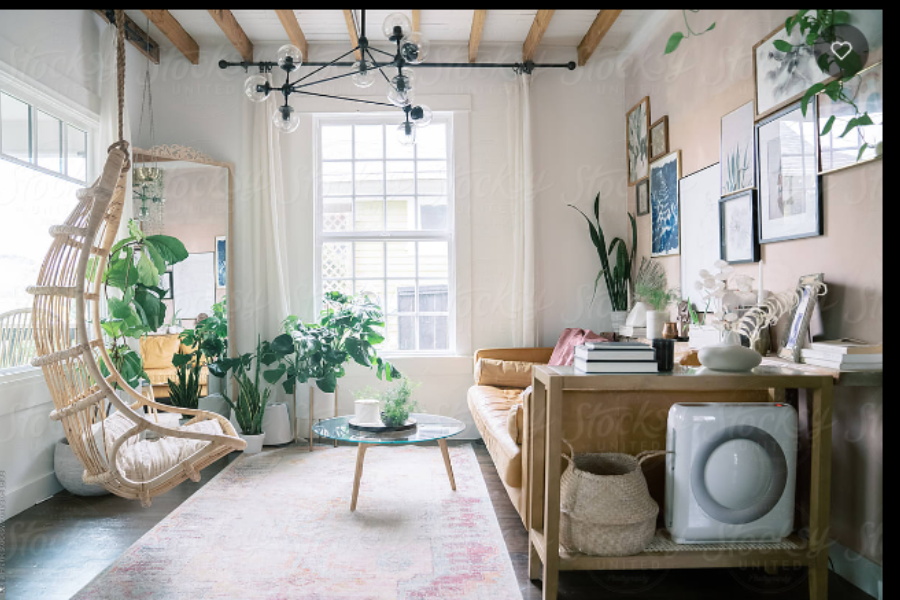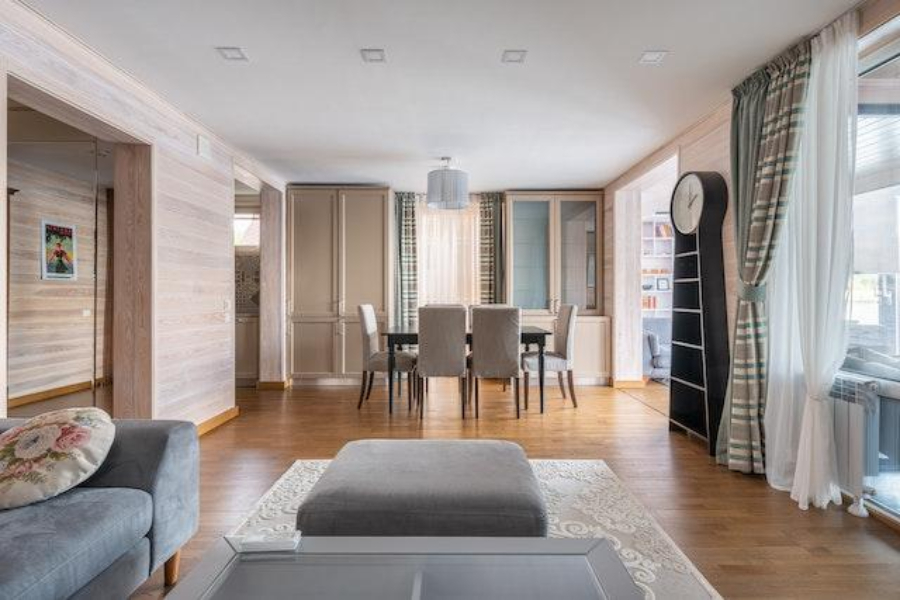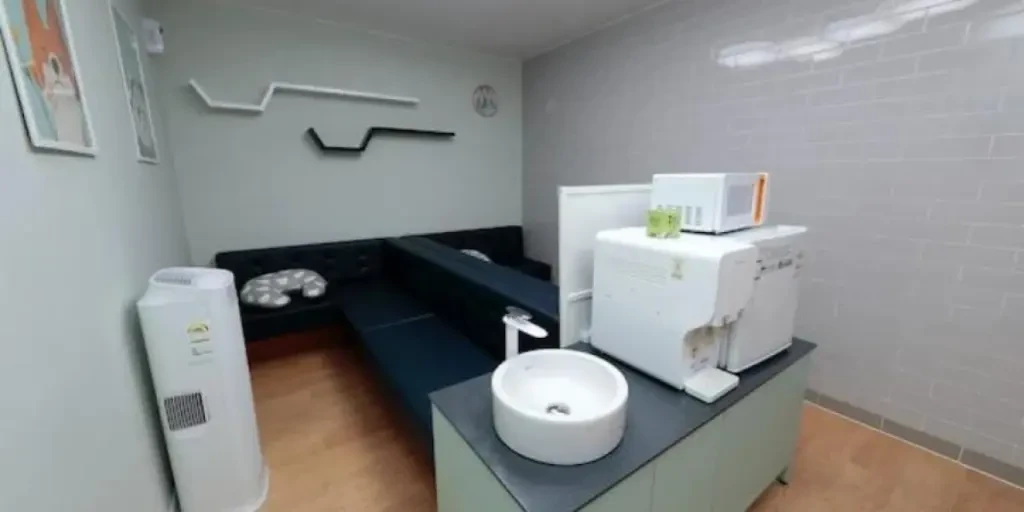There are many air purifier models on the market, and they come in different sizes. As technology advances, designers are incorporating more features into existing and new models. The myriad of features can challenge you when choosing the right purifier for your customers.
Read this guide and learn the features to look for in a purifier and how to choose the best model for your customers.
Table of Contents
Air purifier market trends
Must-have features in a perfect air purifier
How to choose the right purifier for your customers
Choose well and enjoy fresh air all day long
Air purifier market trends
The air purifier global market stands at $14.31 billion, with a compound annual growth rate (CAGR) of 13.6%. Market experts project the market size to hit the $51.38 billion mark by 2032.
Many people are buying air purifiers for their houses because the air inside a room is dirtier than outside. According to the Environmental Protection Agency, the concentration of pollutants indoors is 2-5 times higher than outdoors. The presence of volatile organic compounds in the pollutants can cause allergic infections and damage to internal body organs.
In response, many people are purchasing air purifiers that filter out pollutants in the air and replace them with clean air from the outdoors.
Must-have features in a perfect air purifier
There are many air purifier designs on the market with different features. A good air purifier should filter dust particles, smoke, and allergens. The following features improve the functionality of an air purifier.
HEPA filtration
High-efficiency particulate air (HEPA) filtration traps small particles of smoke, dust, allergens, and pet dander. These filters remove almost all pollutant particles from the air, apart from the denser ones that fall on the floor. Air purifiers with HEPA filters reduce airborne infections significantly and keep the air 99.9% pure.
UV light production

UV light inactivates microorganisms and pathogens in the air. This prevents airborne and bacterial diseases from spreading through polluted air. A perfect air purifier should have UV light production to suppress disease-causing organisms from thriving in the air.
Food processing plants are exposed to microorganisms, and the UV processor purifier can work better there.
Ease of use
An air purifier should be easy to turn on and off, change filters, and connect to the energy source. Most air purifiers on the market are easy to operate, by connecting to an energy source and opening them.
Noise level
A perfect air purifier should make little or no noise. Most air purifiers use brushed fan motors hence producing noise. Purifiers with brushless fan motors produce less noise since they use BLDC motors to run their fans.
Energy consumption
Low power consumption motors save energy. Since air purifiers have to be on throughout the day, a low-power consumption model is economical. An average air purifier consumes about 50 watts daily, which is much cheaper than other electronic devices. However, there are other models that consume more, especially the ones used in factories and other institutions.
Maintenance cost

Some parts, like filters, require regular replacement. If they have replaceable parts, it becomes cheaper to fix them and increase their lifespan.
The cost of replacing the filter and other parts should be included in the buying cost when planning for an air purifier acquisition.
How to choose the right purifier for your customers
The perfect air purifier for a customer depends on many factors, such as the size of the room, affordability, and the quality of the air obtained after purification. Here are the main factors to consider when choosing a purifier.
Size of room

Air purifiers cover different footage. A purifier with slightly larger footage than the room is the ideal purchase. There are different sizes on the market, ranging from smaller models for home use to large ones for institutional and industrial premises.
Home air quality
Purifiers with HEPA filters produce quality air by trapping all particles in the polluted air. The level of contaminants in the air and their location determine the number of impurities in the air. Buildings near industrial plants and those in urban areas have a high level of pollutants, including industrial waste gases, smoke, and gases from decomposing waste.
To attain clean air in these areas, a purifier with a high clean air delivery rate is required.
Affordability
Affordability determines the choice of a purifier. However, efficiency should not be compromised when choosing a cheaper purifier.If two or more air purifiers have the same features, the price can be the determining factor of which one to choose.
Clean air delivery rate (CADR)
Purifiers deliver different volumes of clean air per unit of time. Clean air contains different amounts of allergens, dust, and other gases. A cleaner with a high CADR delivers a higher volume of clean air with little or no impurities.
Efficiency
An efficient air cleaner delivers a high volume of clean air without breaking down. In addition, it should be easy to operate when connecting to a power source and opening.
Choose well and enjoy fresh air all day long
There is no one aircleaner that fits all customers. Different buyers have different requirements based on room size, residential environment, and design preferences. Therefore, choose purifiers that meet customers’ needs and afford them clean air.




